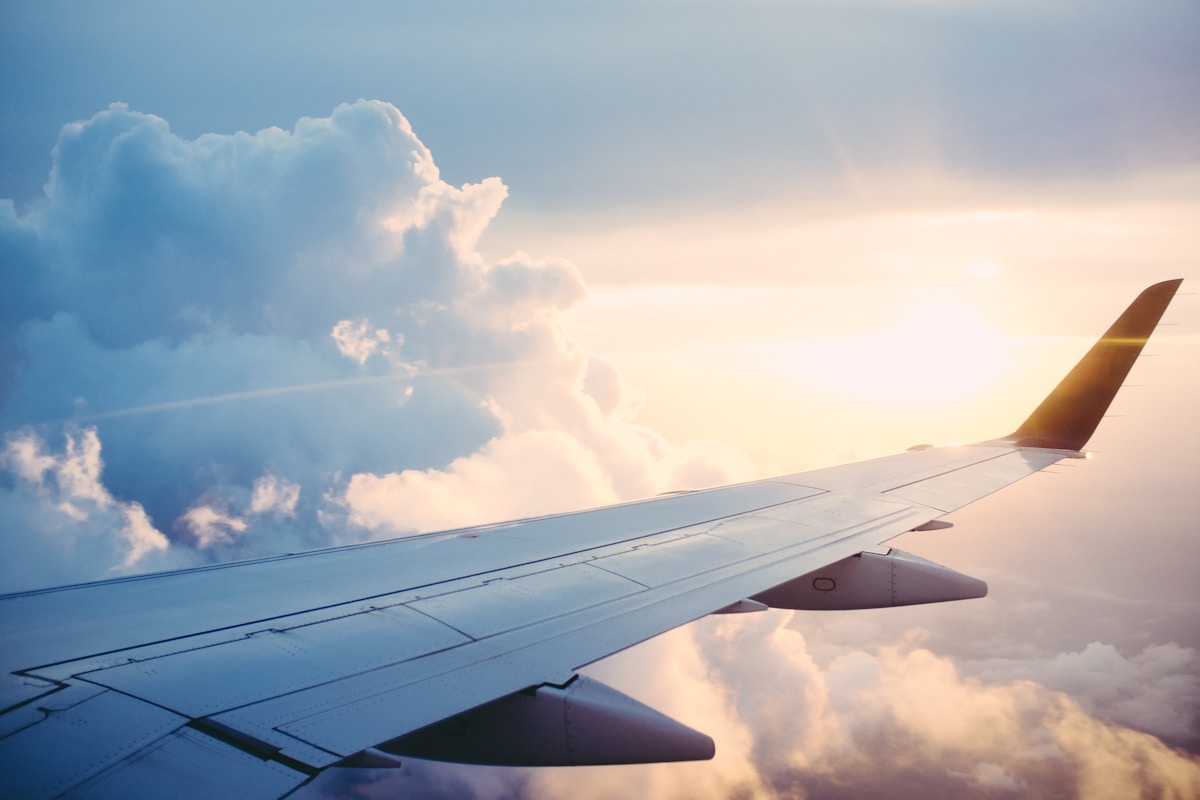
Understanding the principles of flight involves a close examination of the four fundamental forces that govern aircraft performance. These forces are lift, weight, thrust, and drag. Each plays a critical role in how an aircraft operates, and together, they dictate the ability of an aircraft to fly, maneuver, and land. This article explores each of these forces in detail, providing insights into how they interact to make flight possible.
**Lift**
Lift is the upward force that counters the weight of the aircraft and enables it to remain airborne. It is generated by the movement of the aircraft through the air, creating a difference in air pressure on the upper and lower surfaces of the wings. According to Bernoulli’s principle, the faster air moves over the surface, the lower the pressure. This principle, combined with the wing’s shape (airfoil), facilitates higher pressure on the bottom and lower pressure on the top, producing lift. The angle of attack, or the angle at which the wing meets the oncoming air, also significantly affects lift generation. Pilots adjust the angle of attack to maximize lift, particularly during takeoff and landing phases.
**Weight**
Weight is the force due to gravity acting on the mass of the aircraft. It pulls the aircraft downward and must be balanced by lift for the aircraft to ascend or maintain altitude. The weight of an aircraft includes not just the structure itself, but also the passengers, cargo, and fuel. Managing weight is crucial for aircraft performance, affecting not only the amount of lift needed but also the fuel efficiency and range of the aircraft. Weight distribution within the aircraft is also vital, as it affects the stability and control of the aircraft.
**Thrust**
Thrust is the forward force produced by the aircraft’s engines, whether they are jet engines, propellers, or rocket motors. Thrust must overcome the opposing force of drag for the aircraft to move forward. The amount of thrust affects takeoff, climbing, cruising, and acceleration capabilities of the aircraft. Pilots control the level of thrust with the throttle, adjusting it according to the different phases of flight and the required performance. The efficiency of the engines, along with the design of the propellers or jet intakes, also plays a significant role in how effectively thrust is generated.
**Drag**
Drag is the resistance force that acts opposite to the direction of the aircraft’s motion through the air. It is caused by the friction and pressure difference resulting from the aircraft displacing air as it moves. There are two main types of drag: parasitic and induced. Parasitic drag increases with the square of the aircraft’s speed and is influenced by factors such as the aircraft’s shape, texture, and any protruding components. Induced drag occurs due to the creation of lift and is influenced by the wing design and angle of attack. Reducing drag is a primary focus in aircraft design, as lower drag means higher efficiency and speed.
**The Interplay of Forces**
For an aircraft to perform optimally, there must be a balance among these four forces. During takeoff, thrust must exceed drag and lift must overcome weight. As the aircraft cruises, a balance is generally achieved where thrust equals drag and lift equals weight. Any imbalance can affect the aircraft’s trajectory and stability. Pilots and aircraft systems continuously monitor and adjust these forces, ensuring safe and efficient flight operations.
In conclusion, the four fundamental forces of aircraft performance—lift, weight, thrust, and drag—not only enable aircraft to fly but also dictate how they fly. Understanding these forces allows pilots to manipulate them to achieve the desired performance, ensuring safe and efficient travel through the skies. This delicate balance and interplay between lift, weight, thrust, and drag are what make modern aviation possible.


Subscribe for Updates
Get the latest articles delivered to your inbox.
We respect your privacy. Unsubscribe anytime.